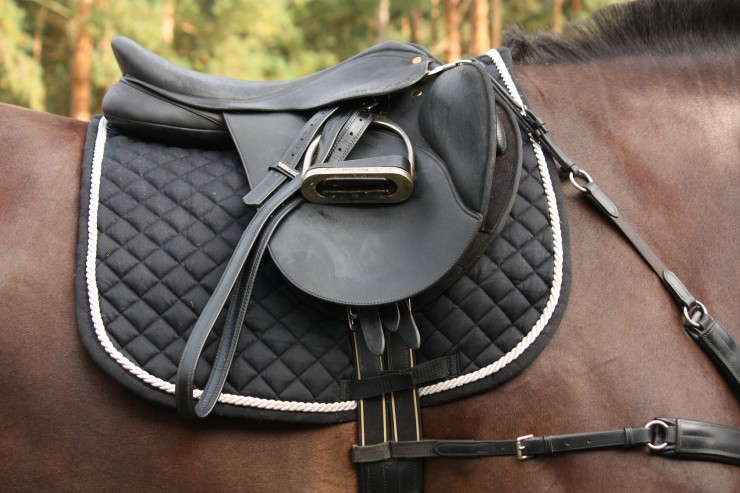
Dog training is the combination of communication, understanding and the process of teaching a dog to perform basic responses to certain commands.
There are many uses of dog training, from basic obedience training to specialized areas including law enforcement, search and rescue, hunting, working with livestock, assistance to people with disabilities, and protecting people or property.
Some trainers offer puppy socialization classes in which puppies can enroll immediately after being placed in their permanent homes as long as, puppies have received initial vaccinations.
A puppy requires discipline, consistency, and the patience of its owner. The puppy training phase is essential in raising a healthy and happy dog and keeping a safe and fun home environment.
Many domestic dogs, either through instinct or breeding, can correctly interpret and respond to signals given. Professional dog trainers train the dog's owner to train his or her dog. To be most effective, the owner must use and reinforce the techniques taught to the dog. Owners and dogs who attend class together, have an opportunity to learn more about each other and how to work together under a trainer's guidance. Training is most effective if all those who handle the dog take part in the training to ensure consistent commands, methods, and enforcement.
Dogs are expressive and may communicate needs by biting, whining, and fidgeting. Changing one's own conduct may be effective in changing a puppy's behavior.
House training is an important issue for puppies. Various methods of house training will work, although the key is to be consistent. With regularly enforced rules, litter box, crate, or paper training can be successful.
Dog training is about communication. From the human point, the handler is communicating to the dog what behaviors are correct, and what behaviors are wrong.A handler must understand communication from the dog.The dog can signal that he is unsure, confused, nervous, happy, excited, etc., and the handler must be able to understand this, or the dog will not be trained correctly.
Hand signals and body language play an important part in learning for dogs. Some trainers state that the most effective tool, is the human voice.The meanings of signals and gestures are taught to the dog through repetition,
so that he may form an association to commands. Mechanical clickers are frequently used as training tools.
Training a dog takes time and patience.Dogs seem to understand what the trainer wants fairly quickly. The dog takes in smells, sights, and sounds to remember something it has been taught.
Dogs do not reason, they react. Dogs never premeditate their actions. When a dog bites, there is a 99% chance it is the human's fault for not communicating with the dog properly. There are certain things our dogs need, to be satisfied and happy. When they don't get it they react accordingly. Taking the time to learn how they think and what makes them tick will help you successfully communicate with, and train your dog.
 The Sphynx Cat - A Cat With No Coat
The Sphynx Cat -
The Sphynx Cat - A Cat With No Coat
The Sphynx Cat -
 Skin Problems That Make It Hard To Tack Up A Horse
Skin Problems Tha
Skin Problems That Make It Hard To Tack Up A Horse
Skin Problems Tha
 How To Find/buy Healthy Pet Rats
How To Find/buy H
How To Find/buy Healthy Pet Rats
How To Find/buy H
 Horse Tips On How To Winter Feed & Keep The Bills Down
Horse Tips On How
Horse Tips On How To Winter Feed & Keep The Bills Down
Horse Tips On How
 Why Pets Sometimes Are Mistreated And Die Prematurely
Why Pets Sometimes Are Mistreated And Die Prematurely
Why Pets Sometimes Are Mistreated And Die Prematurely
Why Pets Sometimes Are Mistreated And Die Prematurely
Copyright © 2005-2016 Pet Information All Rights Reserved
Contact us: www162date@outlook.com